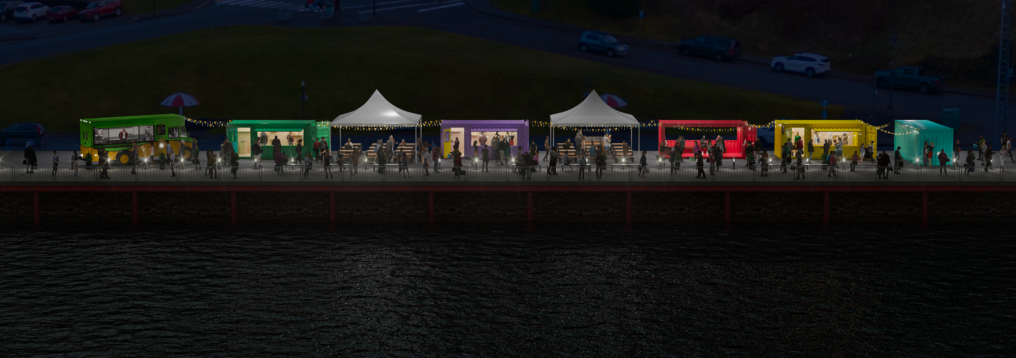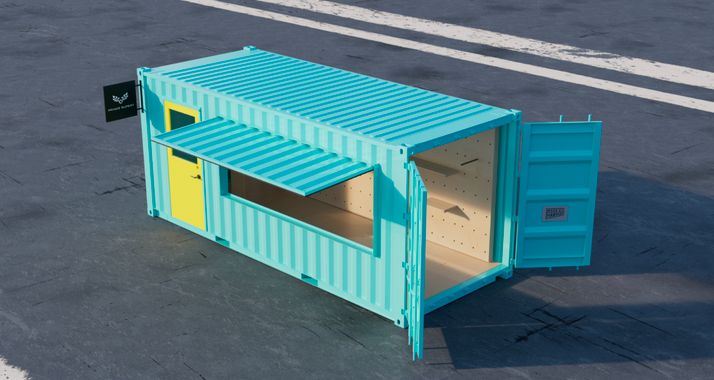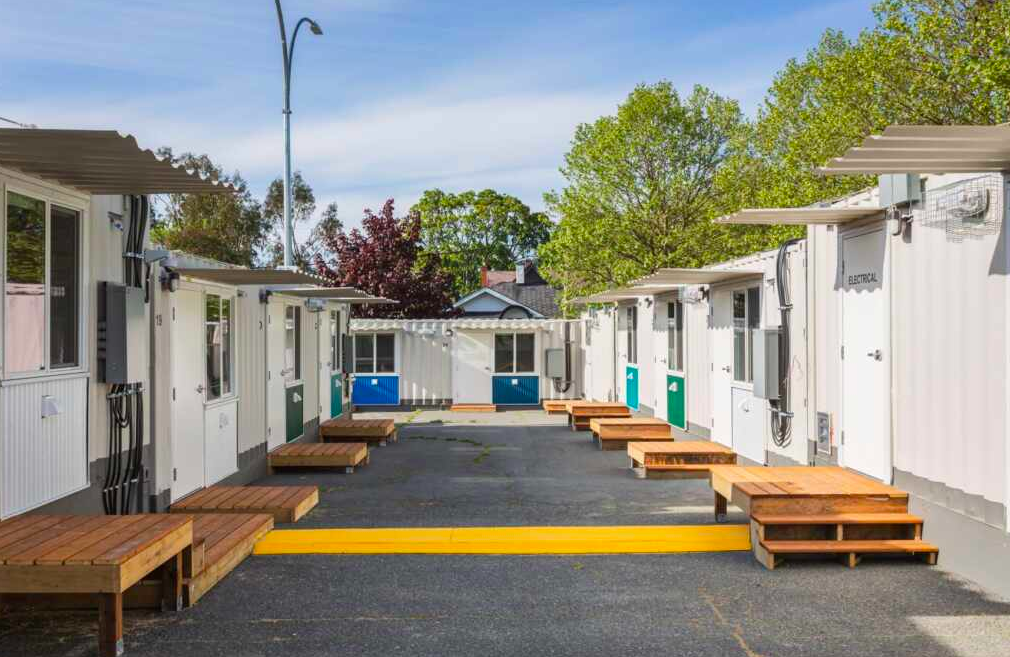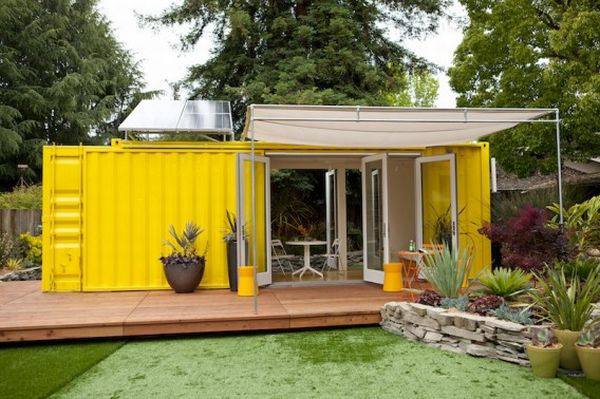A new waterfront market in Prince Rupert will soon offer tourists and locals a shopping experience with a decidedly maritime and port theme. Vendors there will be sheltered in refurbished shipping containers, sometimes dubbed “sea cans.”
The city is still accepting vendor applications from artisans, small businesses, and other vendors for the Cow Bay Container Market, scheduled to open May 3 and continue at least through cruise ship season.
And it says the use of sea cans points “to Prince Rupert’s role as an economic driver in international trade.”

This is but the latest use of a building material that’s become more and more widespread up and down the Coast.
Indeed, re-purposing shipping containers has become a niche business all on its own, with several companies in B.C. now advertising sales or renovations of the structures for homes, cabins, offices, or storage space.
“Container homes are in higher demand than ever before.”
Targetbox
Sea cans are prized for their versatility.
At the Prince Rupert market, the containers have finished interiors, ventilation, lighting, and electrical outlets, notes the city, and include a personal access door, a large window across the entire front of the unit, and the shipping container doors on the other side.

“Shipping containers are weather-resistant, affordable, and strong,” notes the website for Targetbox, one of many companies in B.C. that specializes in repurposed shipping container sales. “Container homes are in higher demand than ever before.”
As well as markets, and unusual homes and offices, shipping containers are now being used to create temporary housing for the unhoused.
Housing the unhoused was the goal of an experimental village of 30 container homes erected on borrowed city land in Victoria.
“It showcased that it is possible to have these types of tiny villages within neighbourhoods.”
Sylvia Ceacero, executive director of Alliance to End Homelessness in the Capital Region
Victoria’s Caledonia Tiny Homes Village was jointly created by several Victoria organizations, with government funding, to provide transitional housing for people experiencing houselessness.

The experiment helped create stability for residents, and some are now moving into more permanent housing, said Sylvia Ceacero, executive director of Alliance to End Homelessness in the Capital Region.
“It showcased that it is possible to have these types of tiny villages within neighbourhoods,” she told West Coast Now.
Though the Victoria container homes are now being sold, the experiment inspired Port Alberni’s new village of tiny homes, which West Coast Now reported on last year.
There seems no limit on the uses for old sea cans. In fact, they are becoming so commonly used that shipping container architecture is increasingly recognized as a form of design.
Its name: “cargotecture.”








